Battleships USS Tennessee (BB-43) and USS California (BB-44): A Historical Overview.
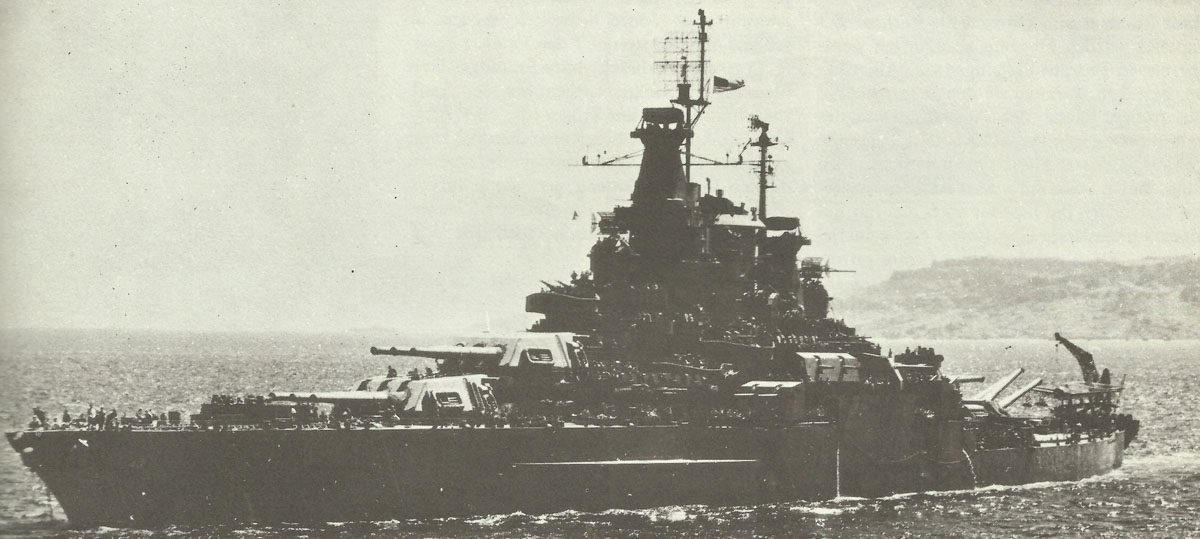
Battleships USS Tennessee (BB-43) and USS California (BB-44)
Table of Contents
Battleships USS Tennessee (BB-43) and USS California (BB-44) were two of the most iconic warships that served in the United States Navy during World War II.
The Tennessee-class battleships were commissioned in the early 1920s, and played a significant role in various battles during the war.
Both the USS Tennessee and the USS California were present during the infamous attack on Pearl Harbor on December 7, 1941.
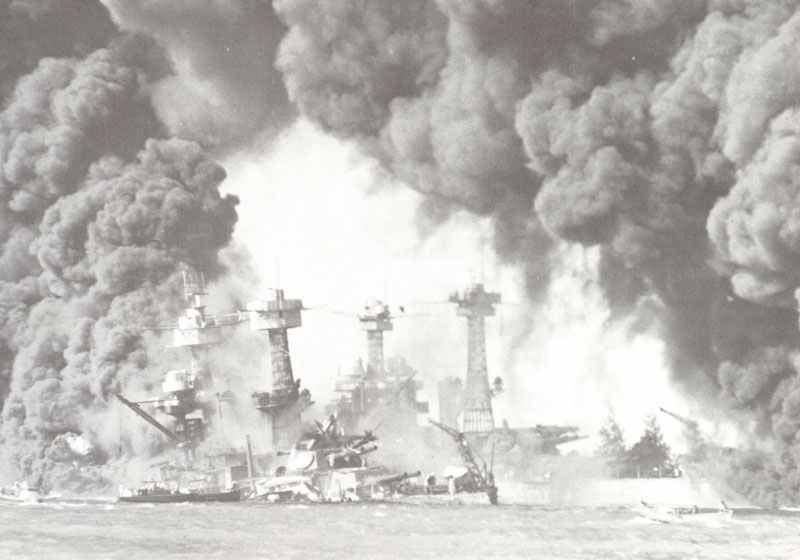
The USS Tennessee (BB-43) was launched in 1920 and commissioned in 1921. She was 624 feet long and had a displacement of 32,600 tons.
During World War II, the USS Tennessee participated in numerous battles, including the Battle of Surigao Strait and the Battle of Okinawa.
She was also present during the attack on Pearl Harbor, where she sustained minor damage.
The USS California (BB-44) was also launched in 1920 and commissioned in 1921. She was slightly longer than the USS Tennessee, measuring 624.8 feet, but had a similar displacement of 32,300 tons.
The USS California was also present during the attack on Pearl Harbor, where she suffered significant damage and casualties.
After undergoing repairs, she returned to the Pacific Theater and participated in the battles of Saipan, Guam, and Leyte Gulf.
Historical Context
World War I and Interwar Period
The USS Tennessee (BB-43) and USS California (BB-44) were two units of the Tennessee class of battleships built for the United States Navy in the 1910s.
They were commissioned in 1920 and served in the Battle Fleet, operating in both the Atlantic and Pacific Oceans.
During the interwar period, the ships participated in Fleet Problems, which were large-scale naval exercises designed to test and improve the Navy’s tactics and procedures.
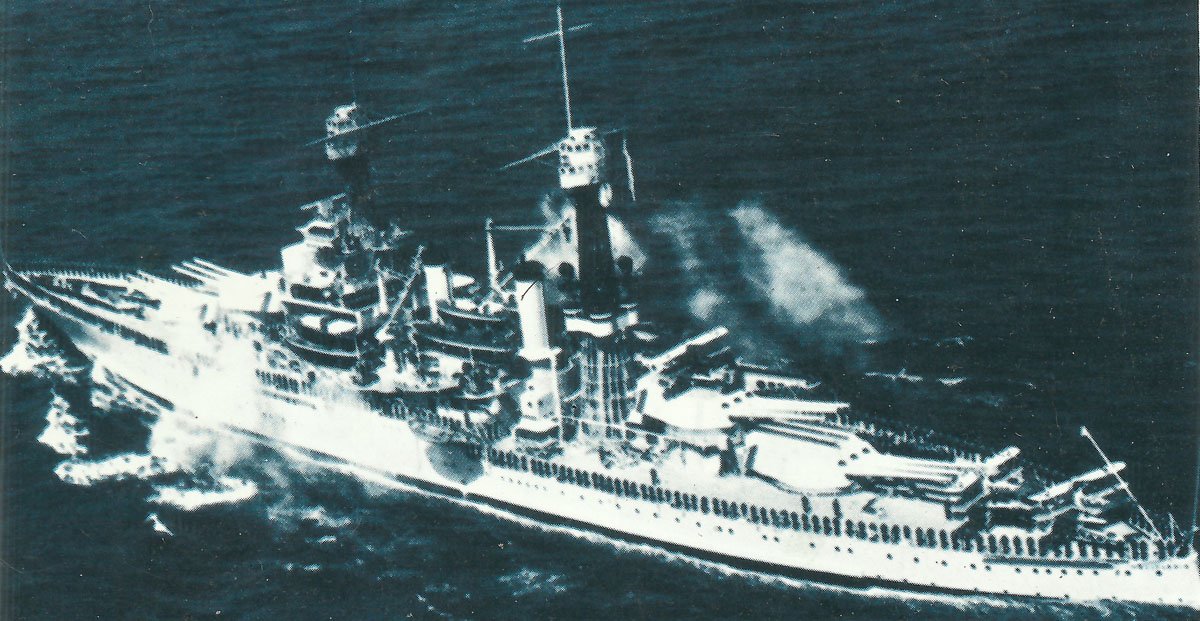
USS Tennessee (BB-43) in the interwar years:
USS Tennessee (BB-43) was in the Pacific from its completion in June 1921 until March 1930.
In 1922, two 5-inch guns were replaced by four 3-inch guns.
In 1928, the 3-inch guns were replaced by eight 5-inch L/25 guns and an aircraft catapult was built on the aft deck.
In 1930, the battleship was on exercises in the Atlantic from March to May and in the Pacific again from October. During this time, a catapult was also mounted on turret E.
The torpedo tubes were removed in 1937 and two new 3-inch guns were installed in 1940.
World War II
When the United States entered World War II in December 1941, both the USS Tennessee and USS California were moored at Pearl Harbor in Hawaii.
During the Japanese attack on Pearl Harbor on December 7, 1941, both ships were damaged.
The USS Tennessee was hit by two bombs and the USS California was hit by two torpedoes and two bombs. Both ships were repaired and returned to service.
The USS Tennessee participated in the Aleutian Islands Campaign, the Gilbert and Marshall Islands Campaign in 1943 and the Philippines Campaign in 1944.
The USS California participated in Mariana and Palau Islands Campaign in 1944, and the Battle of Surigao Strait in October 1944. She was hit by a kamikaze during the invasion of Lingayen Gulf in January 1945.
Design and Specifications
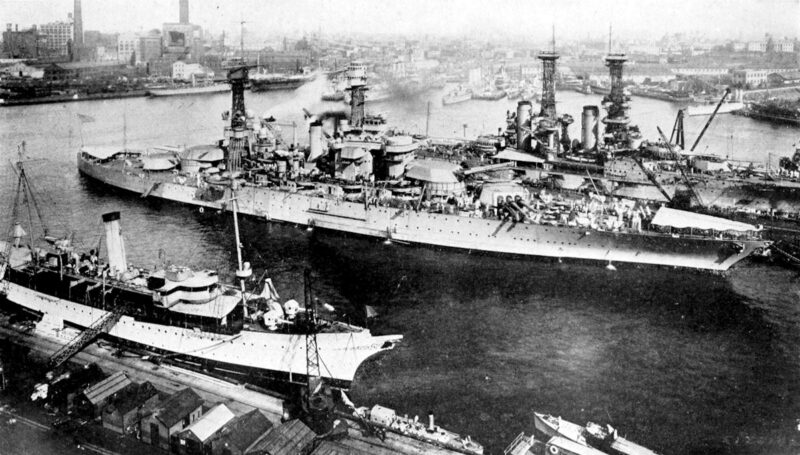
The USS Tennessee (BB-43) and USS California (BB-44) were two battleships of the Tennessee class, which were built by the United States Navy in the 1910s.
The two ships of this class were quite similar to the predecessors of the New Mexico class. Nevertheless, there were some differences:
The New Mexico-class battleships had the secondary artillery in glacis cuts on the sides of the ship, which were only later covered with plates. The USS Tennessee did not have these notches at all and the secondary artillery was mainly located on or above the forecastle. In addition, they had been reduced from 22 to 14 pieces of 5-inch caliber.
The Tennessee and California not only resembled the New Mexico class externally, but also the subsequent Maryland-class battleships.
The Tennessee-class ships, as well as the three Maryland-class battleships that followed them, were designed with the Royal Navy’s experience from the battles of the First World War, such as the Battle of Jutland, in mind.
This gave the American ships an advantage. In addition, the Americans had decided to build a large battle fleet of fairly similar ships, so they enjoyed much greater standardization than other navies had ever had.
However, the Tennessee class ships were also the last American battleships to be built before the British Queen Elizabeth class with its 15-inch guns became known.
Therefore, the later Colorado class and the six never-completed battleships of the original South Dakota class were all built with 16-inch guns. After the end of the First World War, however, only three of these ten planned ships were completed.
Hull and Dimensions
USS Tennessee (BB-43) was laid down on May 14, 1917 at the New York State Shipyard, launched on April 30, 1919 and completed on June 3, 1920.
USS California (BB-44) was laid down on October 25, 1916 at the Mare Island State Shipyard, launched on November 20, 1919 and completed on October 8, 1921.
These battleships had a displacement of 32,300 long tons and were 624 feet long, 97 feet wide, and had a draft of 30 feet. The ships had a complement of 1,083 officers and enlisted personnel.
Armament and Armor
The Tennessee class battleships were armed with a main battery of twelve 14-inch/50 caliber guns, which were arranged in four triple turrets.
The ships also had secondary batteries, originally of sixteen 5-inch/51 caliber guns and four 3-inch/50 caliber guns.
The battleships were protected by a belt of armor that was 8 to 12 inches thick, and their conning towers had 11 inches of armor.
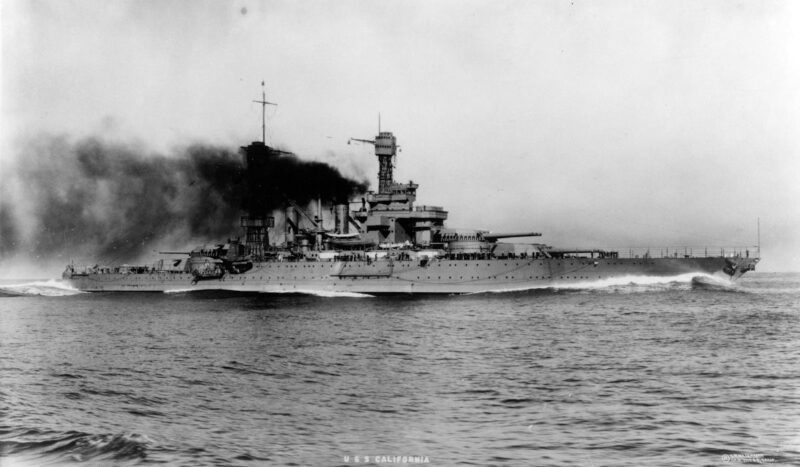
Propulsion and Performance
The USS Tennessee and USS California were powered by four Westinghouse Electric generators that produced a total of 28,900 horsepower.
The ships had two screw propellers and could reach a top speed of 21 knots. In terms of range, the battleships could travel up to 8,000 nautical miles at a speed of 10 knots.
The heavy turbo-electric drive was retained from the preceding New Mexico class in these two ships, the Maryland class and also the later South Dakot class. It was not until the North Carolina class that a turbine direct drive was used.
After the conversions, USS Tennessee and USS California basically retained only their hull, propulsion system and heavy artillery.
The cost of this total conversion is unknown, but must have been enormous. Obviously, by this time the thinking in the American naval staff had still not adapted to the new conditions of naval warfare, which were now dominated by aircraft and submarines.
Service in the Pacific
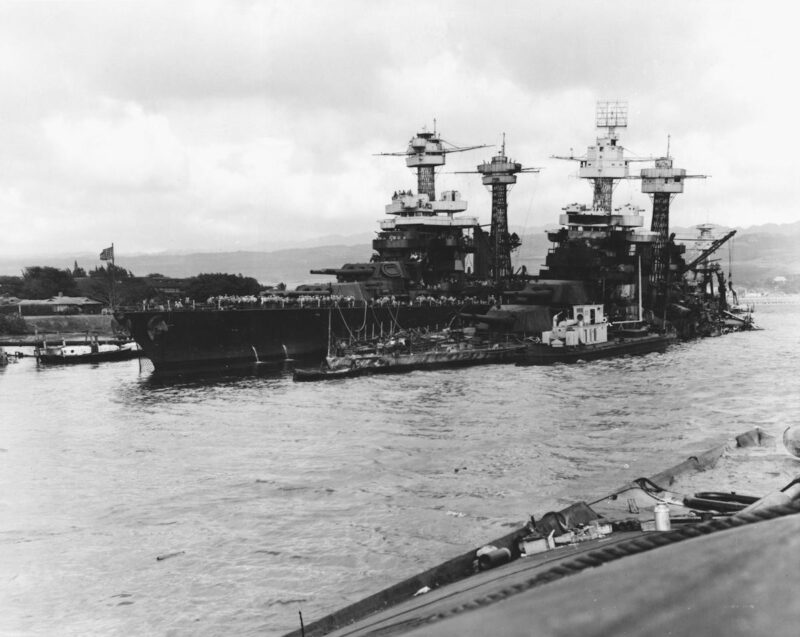
The USS Tennessee (BB-43) and USS California (BB-44) played a vital role in the Pacific theater during World War II. Here is a brief overview of their service in the Pacific.
Pearl Harbor and Repairs
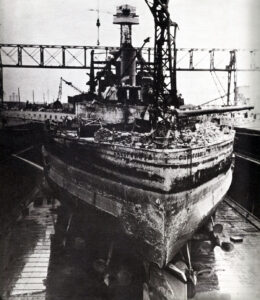
On December 7, 1941, the USS Tennessee and USS California were both moored at Pearl Harbor when the Japanese attacked. Both ships sustained significant damage from multiple bomb hits.
The USS Tennessee was hit by two bombs, while the USS California was hit by three bombs and two torpedoes.
After the attack, both battleships were sent to the West Coast for extensive repairs.
The USS Tennessee was repaired at Puget Sound Naval Shipyard, while the USS California was repaired at Bremerton Naval Shipyard.
Overhaul of the USS Tennessee (BB-43):
Overhaul lasted from December 20, 1941 to March 1942, removing the main lattice mast and two 5-inch guns. Eight 5-inch L/25 multi-purpose guns, 14×2-cm and 32×2.8-cm anti-aircraft guns were new installed.
USS Tennessee then began patrols from Pearl Harbor from May to August 1942.
The heavily damaged USS California did not become operational again until January 1944.
Operations of the USS Tennessee until 1944
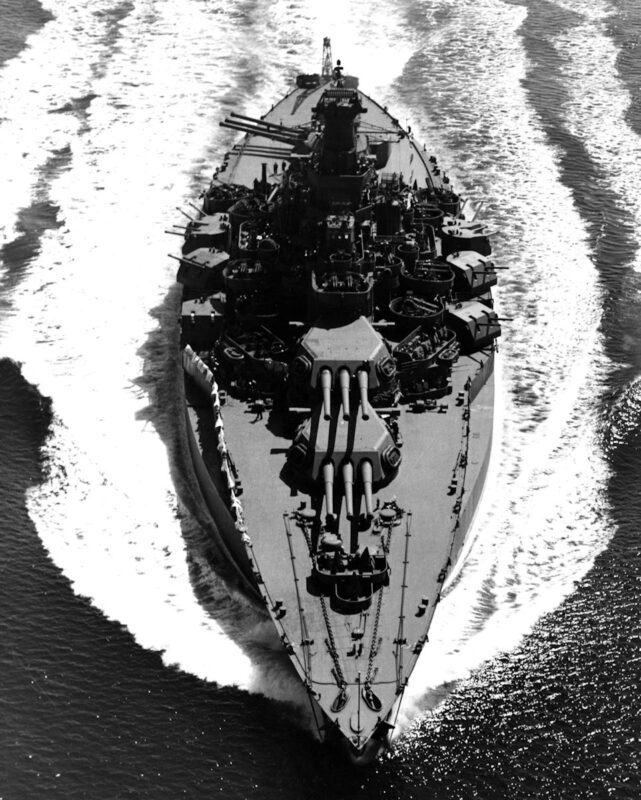
From June to August 1943, USS Tennessee took part in operations in support of the landings on Atrtu and Kiska in the Aleutian Islands.
From November 1943, the battleship supported the landings on Tawara, Kwajalein, Eniwetok and shelled Kavieng (near Rabaul on New Ireland).
Guam and Tinian Operations
In July 1944, the USS Tennessee and USS California participated in the invasion of Guam and Tinian.
They provided fire support for the Marines and soldiers on the ground, and helped to neutralize Japanese defenses.
Leyte Gulf and Surigao Strait
In October 1944, the USS Tennessee and USS California were part of the Pacific Fleet that engaged the Japanese in the Battle of Leyte Gulf.
They played a crucial role in the Surigao Strait engagement, where they helped to sink several Japanese battleships. USS Tennessee alone fired 69 14-inch shells.
The Battle of Surigao Strait was a significant naval engagement fought on October 25, 1944, during World War II. It was part of the larger Battle of Leyte Gulf, which was a series of naval battles between the Imperial Japanese Navy and the United States Navy around the Philippine Islands.
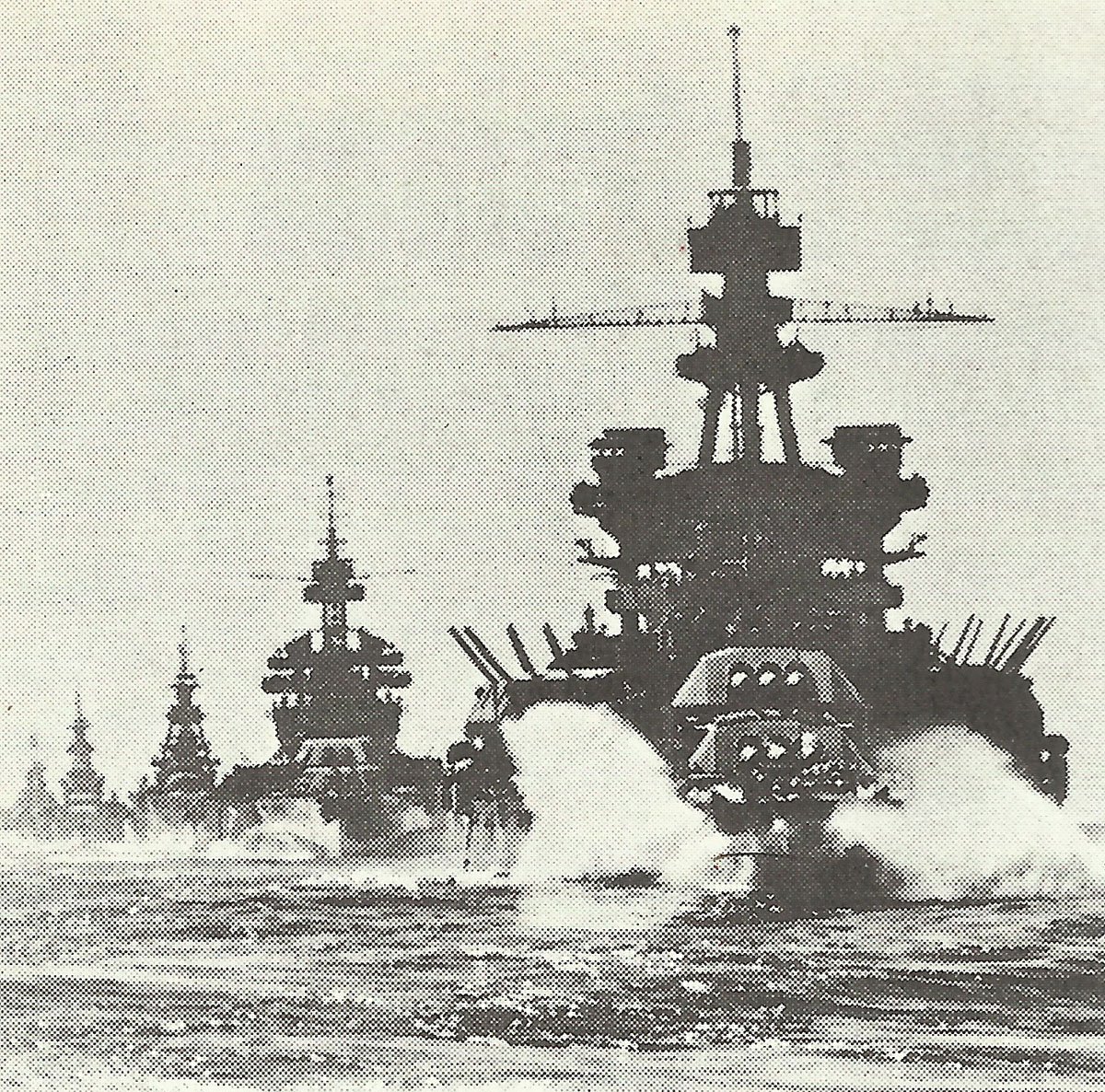
Battle of Surigao Strait:
The Allied forces, mainly consisting of the U.S. Seventh Fleet under the command of Rear Admiral Jesse B. Oldendorf, were waiting for the Japanese in Surigao Strait.
The battle began in the early hours of October 25, with the Allied forces launching torpedo attacks using PT boats, followed by destroyer attacks.
The Japanese force was outnumbered, outgunned and in tactical inferiority, facing the concentrated fire of American battleships, cruisers, and destroyers.
The engagement resulted in a decisive victory for the Allied forces, with most of the Japanese warships being sunk or severely damaged, including the battleships Yamashiro and Fuso.
The Battle of Surigao Strait is notable for being the last battleship-versus-battleship engagement in naval history.
The Allied victory at Surigao Strait, along with successes in other engagements during the Battle of Leyte Gulf, significantly weakened the Japanese Navy’s ability to oppose the Allied advance in the Pacific theater.
Okinawa Campaign
USS Tennessee and California supported the landing on Iwo Jima in February 1945 before taking part in the Battle of Okinawa.
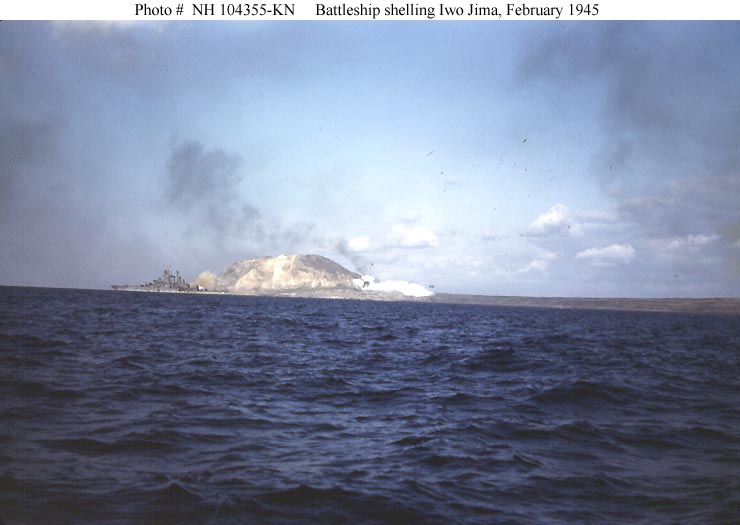
During the Okinawa Campaign in April 1945, the USS Tennessee and USS California were part of the Pacific Fleet that faced a fierce kamikaze attacks from the Japanese.
On April 12, USS Tennessee was hit by kamikaze planes, but suffered only minor damage.
Despite sustaining damage, both battleships continued to provide fire support for the ground troops.
Modernization and Later Service
1940s Modernizations
1942-43, both the USS Tennessee and the USS California underwent significant modernization at the Puget Sound Navy Yard.
The upgrades included the installation of new anti-aircraft guns, radar, and fire control systems.
Additionally, both ships were equipped with aircraft catapults, allowing them to launch reconnaissance planes.
The modernizations proved to be crucial during the Pacific War, as the ships were able to effectively defend themselves against enemy aircraft and provide valuable reconnaissance information to the fleet.
By 1944, both battleships had been modernized to such an extent that their original appearance had completely changed. The combat value and cruising range had also improved significantly.
Modernization of the USS Tennessee:
The ship was given superstructures similar to the South Dakota-class battleships, a single smokestack and the hull was widened.
All 5-inch L/51, 3-inch L/25 and 2.8-cm guns were removed. Instead, 16 x 5-inch L/38 multi-purpose guns, 40×4-cm and 43×2-cm anti-aircraft guns and radar were installed.
After the naval battle in the Surigao Strait, USS Tennessee was refitted again at the Piget Sound Naval Shipyard from December 1944 to January 27, 1945.
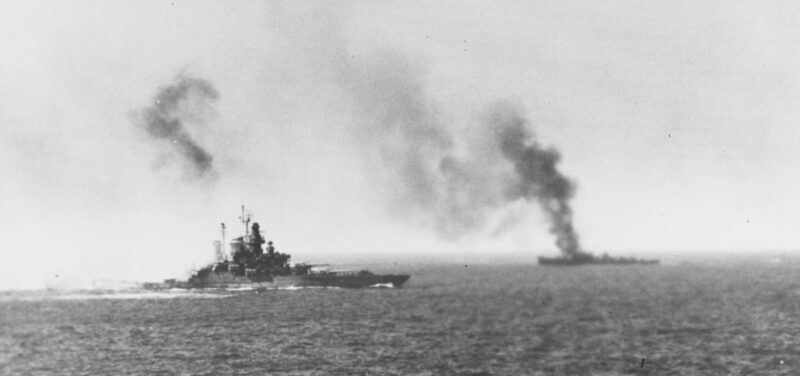
Post-War Activities
After the war, both ships continued to serve in the US Navy.
On December 8, 1945, USS Tennessee was transferred to the reserve fleet, but at the same time regular maintenance and modernization was planned for an emergency.
The USS Tennessee was decommissioned in 1947 and placed in reserve, while the USS California was decommissioned in 1946 and sold for scrap in 1959.
During their post-war service, both ships underwent further upgrades and modifications.
The USS Tennessee was modernized again in the 1950s, receiving new anti-aircraft guns and an updated fire control system.
The battleship was removed from the fleet list on May 1, 1959 and scrapped in 1959.
The USS California, on the other hand, was briefly recommissioned in the early 1950s and served as a training ship before being decommissioned once again.
End of Service and Decommissioning
Decommissioned and Reserve Status
After serving in World War II, the USS Tennessee (BB-43) and USS California (BB-44) continued their duties in the Pacific Fleet until they were decommissioned in 1947.
Both ships were then placed in reserve status, where they remained until 1959.
During their time in reserve, the USS Tennessee and USS California underwent several modifications and upgrades, including the installation of new armaments and improved radar systems. However, they were never reactivated for active duty.
Salvage and Scrap
In 1959, the USS Tennessee and USS California were struck from the Naval Vessel Register and sold for scrap.
The process of salvaging the ships for scrap metal began in 1961 and was completed in 1962.
Legacy and Commemoration
The USS Tennessee (BB-43) and USS California (BB-44) were two battleships that played a significant role in the United States Navy during World War II.
These ships were part of the Pearl Harbor attack and were later repaired and returned to service.
The legacy of these battleships lives on through various memorials and historical significance.
The USS California (BB-44) was decommissioned in 1947 and eventually sold for scrap. However, a portion of the ship’s hull was preserved and turned into a memorial in San Francisco, California.
The memorial serves as a reminder of the sacrifices made by the crew during the war.
Both battleships have been recognized for their historical significance.
Specifications
Specifications:
Specifications | Tennessee (Original) | Tennessee (1945) |
|---|---|---|
Type | Battleship | |
Displacement (standard) | 32,000 tons | 36,650 tons |
Displacement (full loaded) | 33,000 tons | 39,315 tons |
Length (over all) | 624 ft (190.2 m) | = |
Beam | 97.4 ft (29.7 m) | 114 ft (35 m) |
Draught | 30 ft (9.1 m) | 35.3 ft (10.7 m) |
Boilers | 8 Babcock&Wilcox | = |
Propulsion | Westinghouse turbo-electric drive with 4 shafts | = |
Power | 19,992 kW (27,200 shp) - 22,717 kW (30,908 shp) at trial runs | = |
Oil | 3,380 t | = |
Speed | 21 kn | = |
Range | 8,400 nm at 10 kn | |
Crew | 1,083 (in 1920) | 2,375 |
Armament:
Specifications | Tennessee (Original) | Tennessee (1945) |
|---|---|---|
Main Armament | 12 x 14-inch (356-mm) L/50 Mk 6 (four triple turrets) | = |
Secondary Armament | 14 x 5-inch (127-mm) L/51 | 16 x 5-inch (127-mm) L/38 |
Anti-aircraft guns | 4 x 3-inch (76-mm) | 40 x 40-mm; 50 x 20-mm |
Torpedo tubes | 2 x 21-inch (533-mm) | - |
Aircraft | - | 2 |
Armor protection:
Protection | Tennessee |
|---|---|
Side | 356 mm (belt), 203 mm (tapering) |
Deck | 90 mm (upper armor), 63-127 mm (lower armor) |
Conning tower | ? |
Main artillery turrets | 229-457 mm |
Barbettes | 330 mm |
Service statistics:
Figures | Tennessee | California |
|---|---|---|
Laid down | 14 May 1917 | 25 October 1916 |
Launched | 30 April 1919 | 20 November 1919 |
Commissioning | 3 June 1920 | 8 October 1921 |
Fate | scuttled 1959 | scuttled 1959 |
References and literature
Fighting Ships of the World (Antony Preston)
Kriegsschiffe von 1900 bis heute – Technik und Einsatz (Buch und Zeit Verlagsgesellschaft)
The Illustrated Directory of Warships from 1860 to the present day (David Miller)
Flotten des 2. Weltkrieges (Antony Preston)
Kriegsschiffe 1939-45 (Heyne-Bildpaperback)
Seemacht – eine Seekriegsgeschichte von der Antike bis zur Gegenwart (Elmar B. Potter, Admiral Chester W.Nimitz)




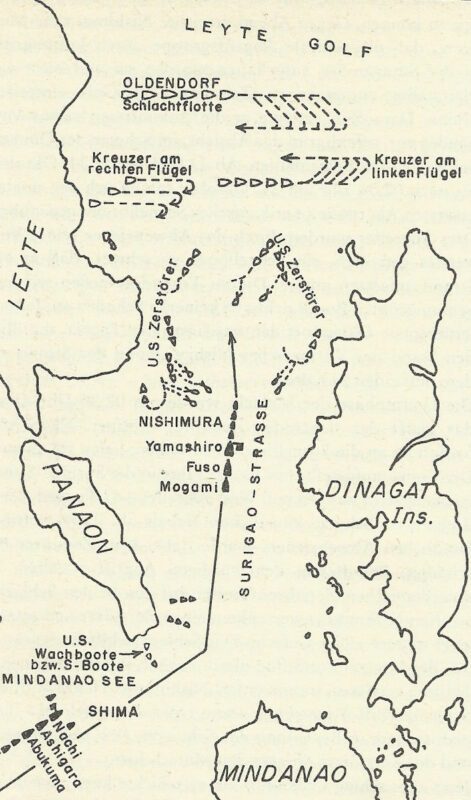

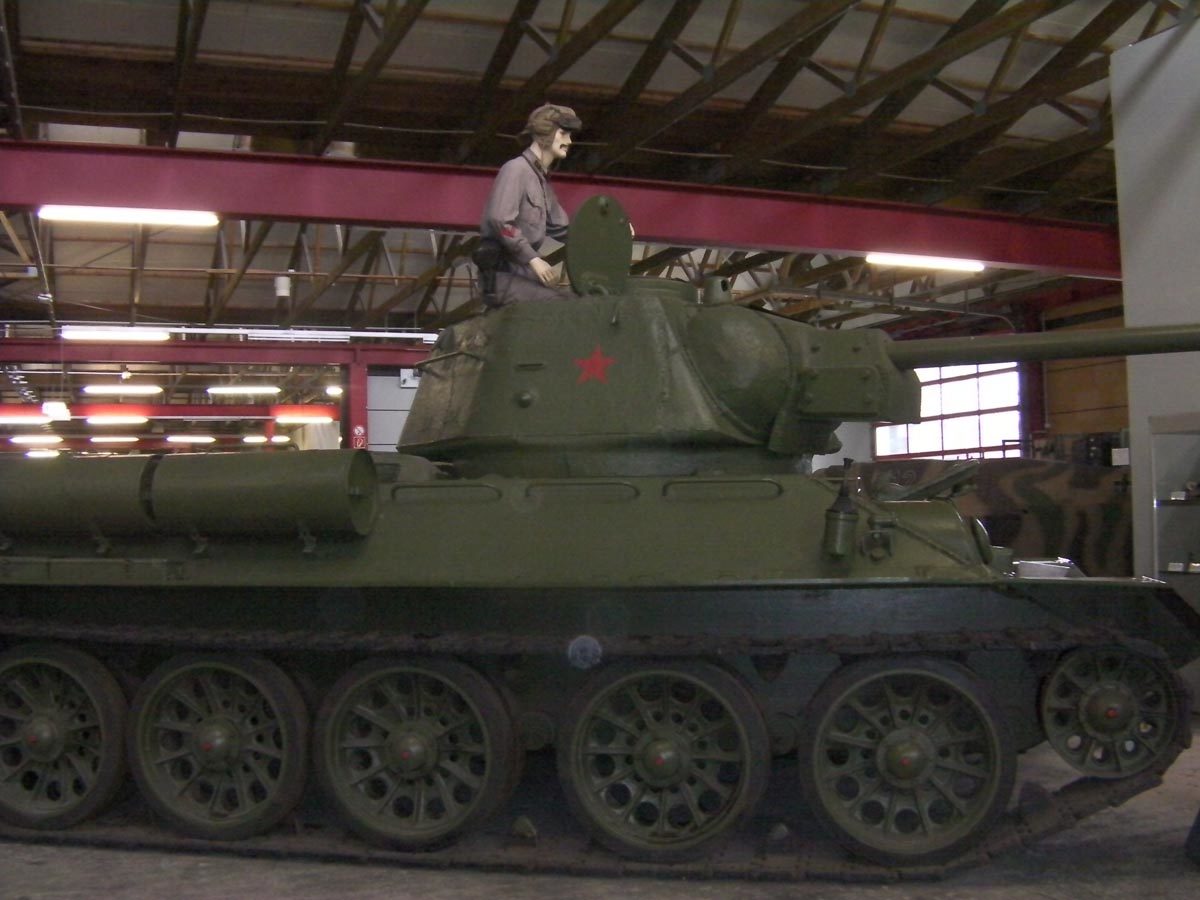

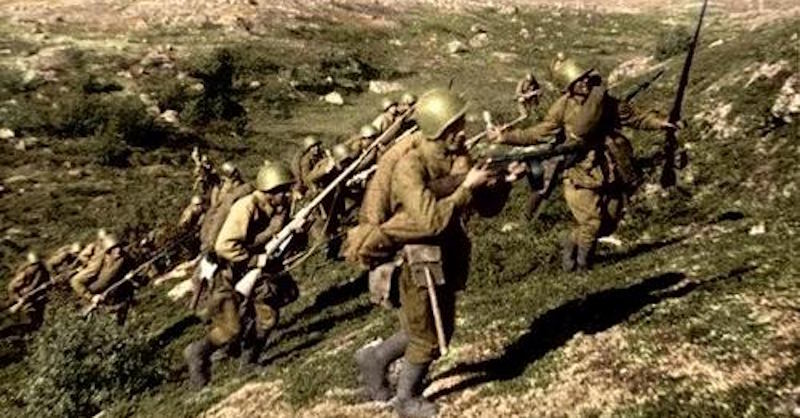
The Tennessee class was TWO ships. Some places in this article say two, some say four.
Probably no humans involved in writing, publishing.
I have no idea what “center artillery” is. Some algorithm maybe thinks “center” is a synonym for “secondary.”
Thanks for pointing out that at one point the class was mistakenly given as four ships – otherwise only Tennessee and California are mentioned in the long article. ‘Center Artillery’ is the literal translation of the original German article for ‘Mittelartillerie’, which is of course the secondary guns and was overlooked during the transformation.